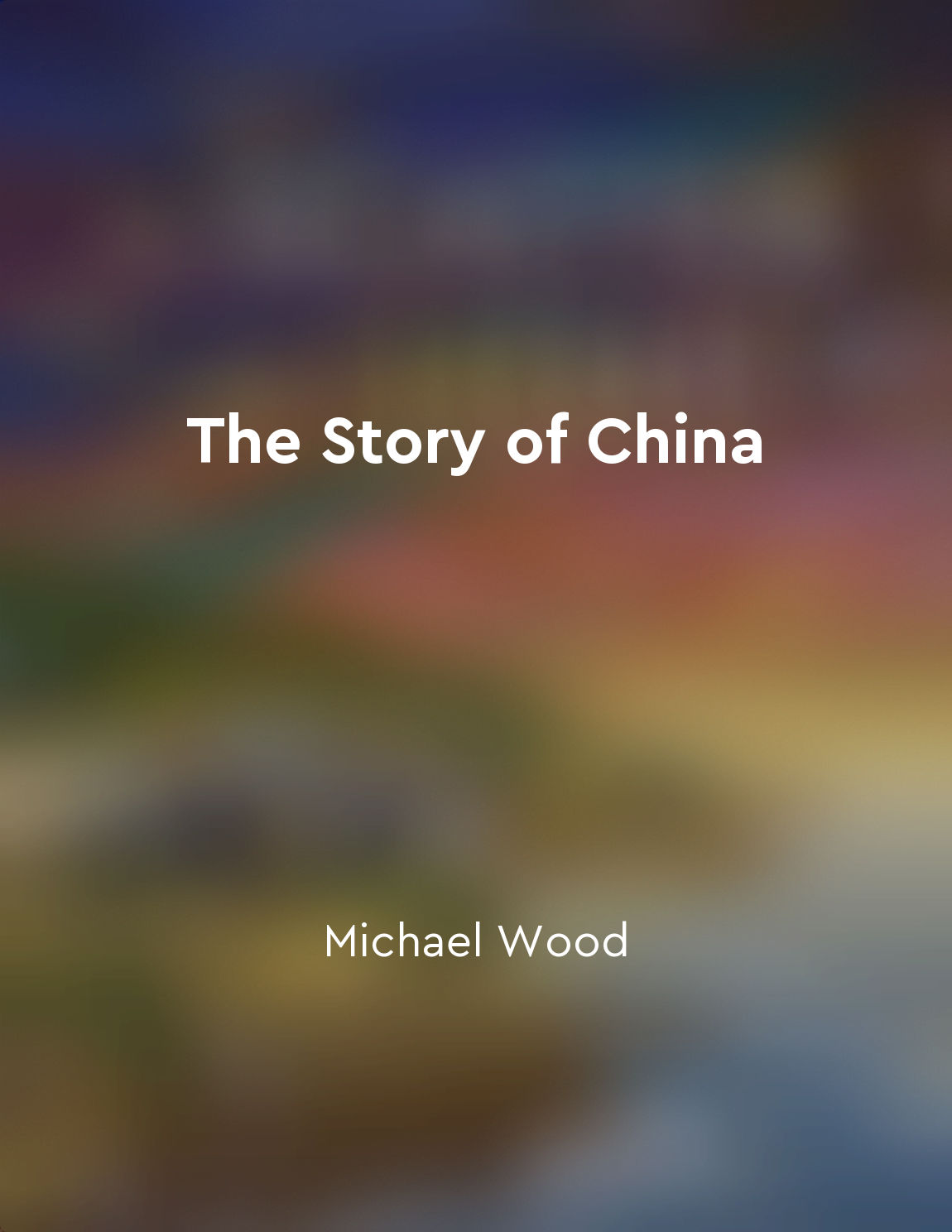Audio available in app
The Forbidden City served as the imperial palace for centuries from "summary" of The Story of China by Michael Wood
The Forbidden City, located in the heart of Beijing, was not just any palace. It was the official residence of China's emperors for nearly five centuries. Walking through its massive gates and courtyards, one could sense the grandeur and power that once resided within its walls. For the emperors of China, the Forbidden City was more than just a place to live. It was a symbol of their authority and the center of the universe, where they ruled over the vast empire. Every corner of the palace was meticulously designed to reflect the emperors' status and the majesty of their reign. The Forbidden City was not just a single building, but a complex of palaces, halls, and gardens spread out over 180 acres. Each structure was built with the finest materials and adorned with intricate carvings, paintings, and decorations. It was a masterpiece of Chinese architecture and craftsmanship, a testament to the wealth and sophistication of the imperial court. The layout of the Forbidden City was carefully planned to reflect the principles of Feng Shui and Confucian ideology. The buildings were arranged in a precise order, with the most important structures located along a central axis. The emperors' living quarters were at...Similar Posts
Understanding cultural and religious diversity is crucial
In today's globalized world, where interactions between people from different cultures and religions are becoming increasingly ...
South Asia's music and dance traditions are celebrated for their vibrancy and diversity
One of the most notable aspects of South Asia's cultural heritage is its rich and diverse music and dance traditions. These tra...
The explorer's legacy endures as a testament to the power of exploration and discovery
Throughout the pages of "Marco Polo," the reader is presented with a vivid portrayal of the enduring impact of exploration and ...
Religious beliefs traveled alongside merchants
As merchants moved along the Silk Roads, they were not just carrying goods such as silk, spices, and precious metals; they were...

